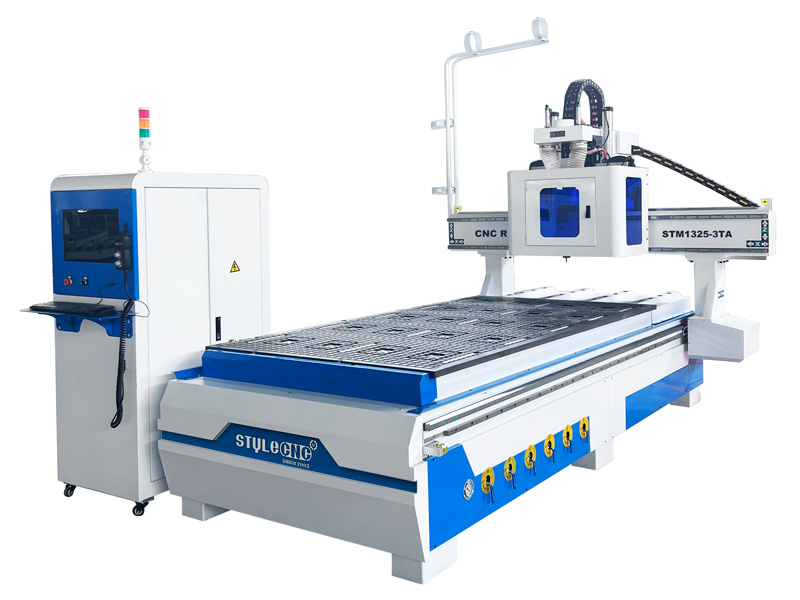
Precision in Production Unleashing the Power of CAM
Precision in Production: Unleashing the Power of CAM
In the dynamic landscape of modern manufacturing, Computer-Aided Manufacturing (CAM) has emerged as a game-changer. This technology, often working in tandem with Computer-Aided Design (CAD), transforms the production process by seamlessly integrating computer systems. Let’s delve into the world of CAM and explore its transformative impact on precision in production.
Understanding CAM: Bridging Design and Production
At its essence, Computer-Aided Manufacturing (CAM) bridges the gap between design and production. While CAD focuses on creating detailed design models, CAM takes those models and translates them into instructions for manufacturing machinery. This seamless integration ensures a direct and precise transition from the virtual design stage to the physical production stage.
CAM in Action: Turning Designs into Reality
When the rubber meets the road, CAM is where designs take tangible form. It utilizes computer algorithms to generate toolpaths and instructions for machinery like CNC (Computer Numerical Control) machines. This precision in translating digital designs into physical products ensures accuracy and consistency in the manufacturing process.
Explore the transformative power of Computer-Aided Manufacturing (CAM) at Reltix.net. The platform offers insights into cutting-edge technologies shaping precision production.
Toolpath Optimization: Maximizing Efficiency
One of the key features of CAM is toolpath optimization. This involves determining the most efficient route for tools to follow during the machining process. CAM software analyzes factors like material, tool capabilities, and machine constraints to generate optimal toolpaths. This not only maximizes efficiency but also extends the lifespan of cutting tools.
Multi-Axis Machining: Precision from Every Angle
CAM excels in multi-axis machining, a capability that adds another dimension to precision. Unlike traditional machining that operates in three axes, multi-axis machining maneuvers tools in multiple directions. This flexibility allows for intricate and complex shapes to be produced with precision, reducing the need for multiple setups.
Simulation and Verification: A Digital Safety Net
Before a single physical cut is made, CAM provides a digital safety net through simulation and verification features. These tools allow manufacturers to simulate the entire machining process in a virtual environment. Detecting potential issues or errors beforehand not only saves time but also prevents costly mistakes in the production phase.
Customization and Batch Production: The CAM Advantage
In an era where customization is key, CAM facilitates both customization and batch production with equal prowess. Whether producing a one-of-a-kind prototype or a batch of identical components, CAM adapts seamlessly. The ability to quickly reprogram toolpaths and adjust manufacturing parameters makes it an invaluable asset in a world demanding diverse and personalized products.
CAM and Additive Manufacturing: A Perfect Pair
The synergy between CAM and Additive Manufacturing (AM) is undeniable. While traditional CAM focuses on subtractive processes like milling and turning, CAM for AM involves generating toolpaths for additive processes like 3D printing. This integration expands the scope of CAM, providing manufacturers with a comprehensive toolset for various manufacturing methods.
Data-Driven Precision: CAM’s Competitive Edge
In the age of Industry 4.0, data is king. CAM leverages data-driven precision by incorporating real-time data from




:max_bytes(150000):strip_icc()/open-septic-tank-in-yard-while-bring-pumped-out-174030025-b87921a99e5748fb9997eebf4b203f3b.jpg)
